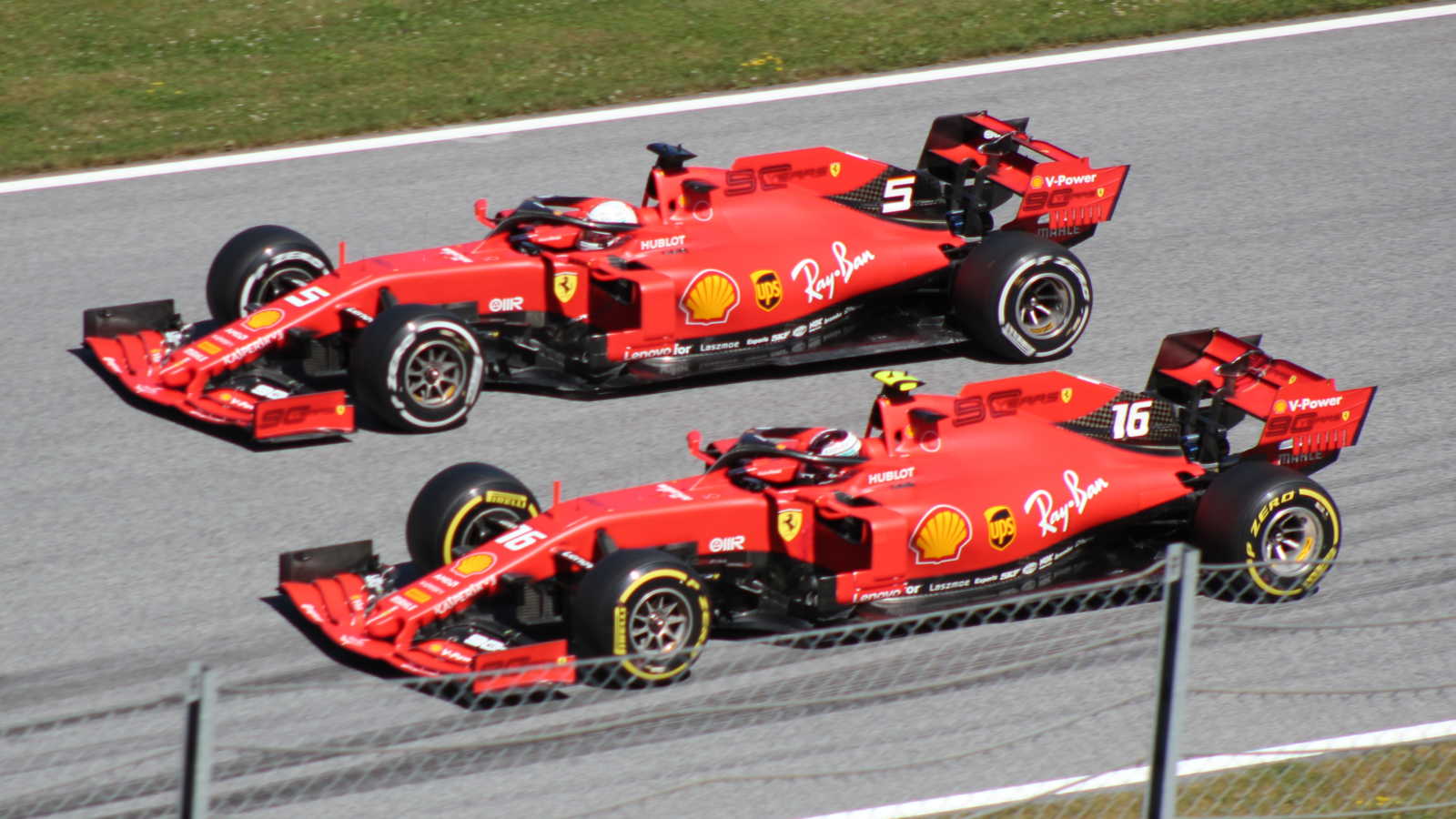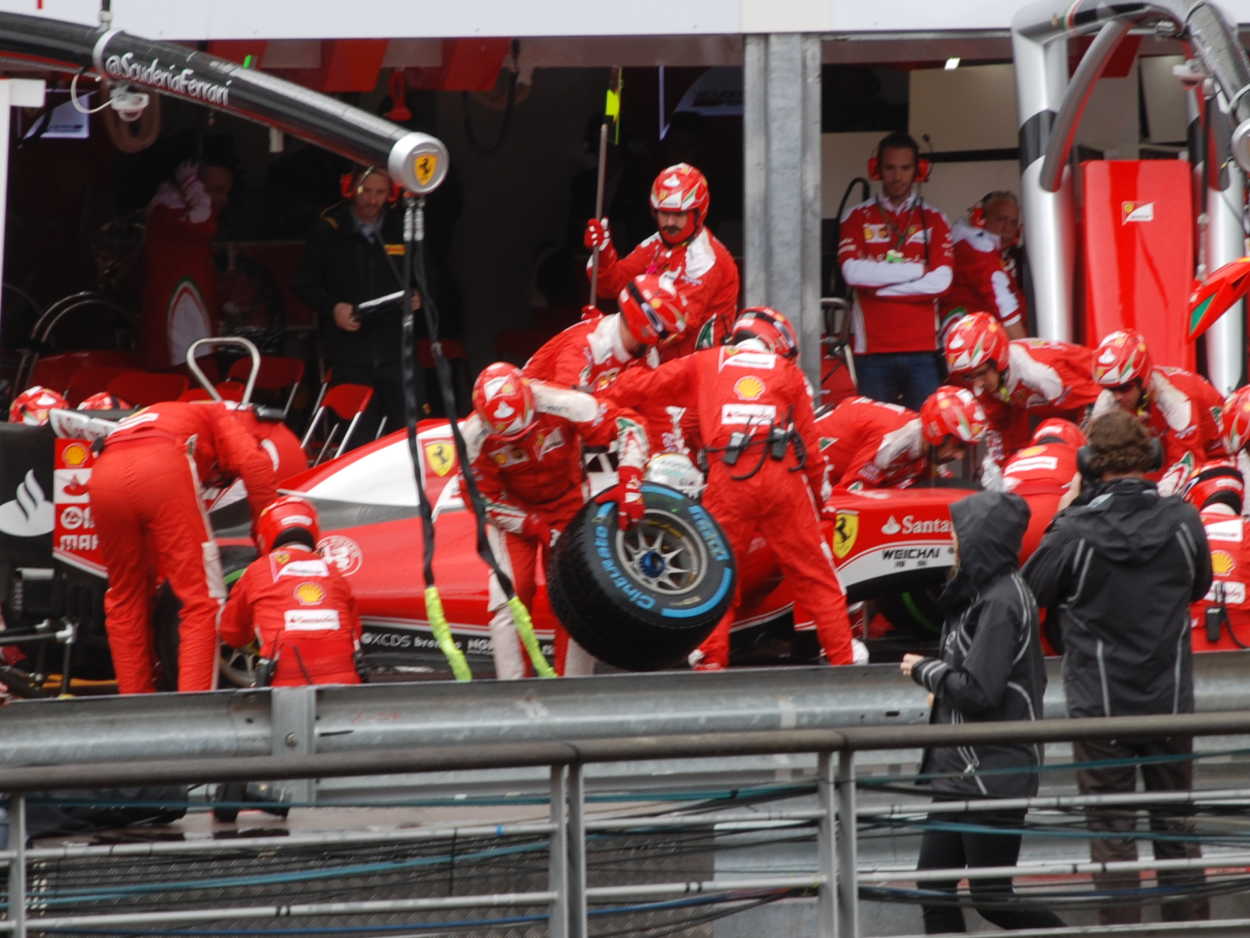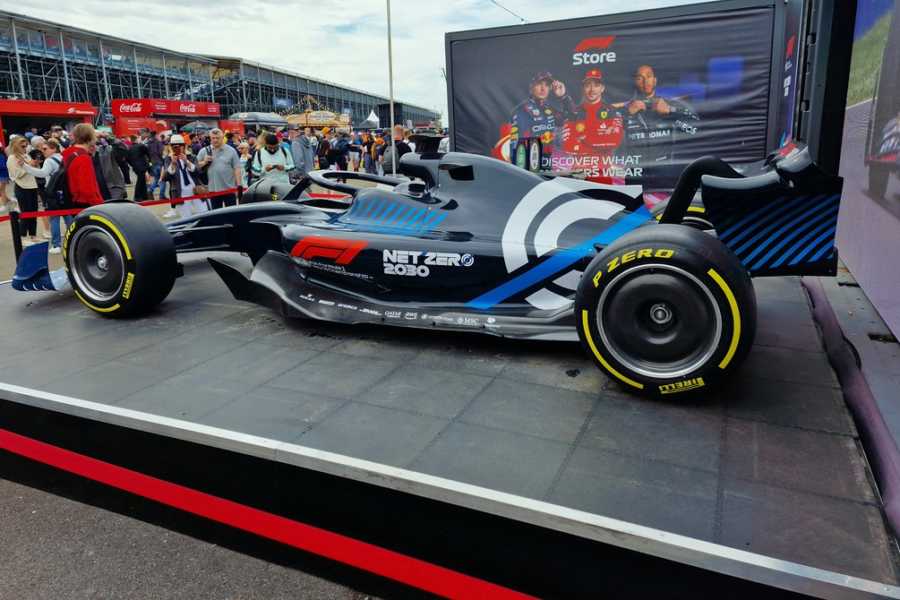Think, Founded by Enzo Ferrari in 1929, the Scuderia Ferrari F1 has been the most successful team in Formula 1’s history. The ‘Prancing Horse’ has won 16 constructors’ and 15 drivers’ championships. With such a legacy, the Ferrari has to be the racing giant, but the glory times seem to go on the far story. The rise of Mercedes and even Red Bull stirred the pot, as they made a bold point in Ferrari’s success for the last 15 years. Although, being the second-fastest on the grid, the ‘Prancing Horse’ is struggling. We delved into the roots of the problem, and here are five moments why Ferrari F1 is so bad we can tell.
#1. Reliability
So, if you look at the F1’s standings, the 2019 and 2022 seasons only saw the Ferrari F1 team closest to their opponents – Red Bull and Mercedes.
In 2019, when Ferrari cars’ power units were enough to outdo the Mercedes, the rest of the grid suspected Ferrari was utilizing excess fuel, causing the FIA to find Ferrari’s engine illegal.
The second attempt approximated Ferrari to Red Bull even closer, but being faster than Red Bull, the reliability reduced all the advantages. Rephrasing Bull’s advisor Helmut Marko‘s note, what’s the point of having the best car if it is unreliable?
Since then, reliability has become the number one problem of Ferrari F1 is so bad. Just look at the results of past seasons.
Almost every third race had ended for Ferrari drivers with retirements. All together with driver errors and reliability, Charles Leclerc and Carlos Sainz withdrew from Grands Prix in the 2022 season nine times!
The ‘Prancing Horse’ engineers had worked tirelessly and partly were successes with the reliability issue for the following year. However, the problem was still to be, as again Leclerc and Sainz both had been forced to retire twice each once in the 2023 season.
However, did the Ferrari SF-23 become slower after that? Quite yes. Previously, we’ve delved into the Formula 1 cars’ speed comparison, so let’s go further.
#2. Tires and Dirty Air Issues
This problem also has its roots. Thus, after struggling against Red Bull and Mercedes for years, the Ferrari had desired with idea to create the fastest car on the grid. But, despite the reliability issues, they were surprised by another unpleasant moment.
Thus, the Ferrari SF-23 inherited the base of its ancestor but was updated with a new suspension, so it became bulky overall.
So, yes, Ferrari was fast, but only when the case was about short distance.
In terms of strategy and overtaking, dirty air in Formula 1 prevents cars from passing each other, even those that are faster than the leader, gathering the participants into the DRS train.
So, in qualifyings or during practice, Leclerc and Sainz are the fastest, as there is no need to save tires, the tanks are almost empty, the traffic is low, and the track is clear. But what happened with the Ferrari F1 car in the race?
The dirty air in traffic is the worst enemy for a bulky SF-23. Ferrari F1 car can’t hold its best performance for a long time and loses for 1,5 seconds per lap due to lagging inside the limb, while its tires go out quickly, resulting in Ferrari being bad in the race.
However, it is not the only technical issue in their overall performance, as finding the right balance to improve the car’s responsiveness became another problem.
#3. Lack of Car’s Responsive
Who is the loose end: Charles Leclerc, who can’t find a ‘common language’ with the car, or the Ferrari car that doesn’t suit Charles? In fact, both sides are related to each other.
Leclerc’s racing style is aggressive, so the understeer car suits him better, but with the new suspension, the Ferrari SF car was too much understeer, being blinding to Charles’s pleas.
It stirred the chain of talks that this car was unsuitable for Leclerc. As for Carlos Sainz, he was also confused, from time to time, reaching the podium.
Thus, each racing circuit in the 2023 season had become a race from scratch for the team. Despite having such a high speed, the lack of car response forced drivers to lose time, while searching for balance in the setting was like a wild guess.
#4. Switching The Workforce Of Ferrari F1 Team
The hidden out-of-the-box rule of success in Formula 1 is that a winning team is one where the most talented professionals have kept their positions over the years, as these ones are the cornerstone being under success.
Thus, James Vowles had stood behind Mercedes’ victories for 12 years before he led the Williams F1 team. He left in 2019, and 2020 became the last title-bringing season for the Mercedes.
Another great example is the Red Bull team. They didn’t switch their key figures since their debut in Formula 1. Team principal Christian Horner, advisor Helmut Marko, and Chief technology officer Adrian Newey are the driving force of the Bulls. However, in the Ferrari, the situation is quite the opposite.
Key Figures’ Turnover In The Ferrari F1 Team
Think the winning line of ‘Prancing Horse’ prevented following years after its most successful team principal retired. Jean Todt left Ferrari after almost 15 years in 2007. That was the golden age for Ferrari and Michael Schumacher.
Just think. The team saw 6 different principals for the last 15 years! However, it is just about leaders, excepting other officers responsible for technological processes, like the departure of Laurent Mekies.
So, after retired Maurizio Arrivabene and Mattia Binotto, Frédéric Vasseur has been leading the team since 2023. And it seems that former Alfa Romeo (Sauber) team principal Vasseur took the right direction because significant changes are happening, including Lewis Hamilton joining the ‘Prancing Horse’ in 2025.
Why are soon turnovers of team personnel bringing the Ferrari F1 so bad at the track? Each team leader, whether it is a separate department or even the head of the team, the officer finds the direction. So, without clear direction, the team degrades. First, by parts, causing the lagging on the grid.

#5. Absence Of The Direct Racing Strategy
The lack of strategy is what F1 fans and community have blamed Ferrari for a few last seasons. But it was nothing more than the result of the four factors above and their logical effects. However, there were races when Ferrari’s strategic actions were steps into the black hole. We can highlight three main.
No Clear Authority Between Their Drivers
The most significant example of unclear strategy inside the team we saw at the Silverstone GP in 2022, one of the most thrilling F1 races. However, in 2022, Charles Leclerc was the primary contender for the championship title.
He deeply needed the points, while the difference between 2d and 3rd places made vital sense. So, when Carlos Sainz led from the pole, Leclerc came in third after Max Verstappen, and in the middle of the race, both were running a one-two. Leclerc was faster, hitting Sainz’ heels,
So, it was logical to pass Leclerc ahead, but Ferrari ignored him, as they guessed it would undermine Sainz’s confidence. So, struggling in the DRS, Leclerc dropped to fourth, letting Hamilton complete the podium at Silverstone.
Absence Of The Direct and Clear Communication
Sometimes, the lack of direct and clear communication between the driver and the team caused a misunderstanding that led to the Ferrari being so bad in Formula 1. The Spanish Grand Prix 2023 was a great example of that.
Who was right Leclerc or Ferrari in Spain is still the issue, but the race became a nightmare for both. Starting 19th, Leclerc needed any points. After the team served Charles with hard tires, he realized the compound wasn’t as good as expected.
He did the impossible, struggling with tires and in traffic, and didn’t stop asking the team to switch these tires as soon as possible, but in the Ferrari’s view, the tires were good as he stood in the time of closest opponents.
Leclerc finished 11th, while could gain the points. Impossible to figure out who was right, but the task of gaining the points would have been easier if their communication had been direct.
The Delaying Urgent Decisions
In terms of decision-making fast, Ferrari also doesn’t look well. They can have a great plan and find the right strategy well, but everything is ruined when the case is about the ‘right now’ actions. We think the Hungarian Grand Prix 2022 is a worthy example of that.
Thus, starting the race third on the grid, Leclerc was on the way to winning the Hungary Grand Prix in the 2022 season. He led the race after superbly overtaking George Russell and even secured the position with a five-second lead.
But Ferrari decided to pit Leclerc instead of Carlos Sainz, whose tires were almost gone. Leclerc resisted, trying to explain that it was wrong. However, that was a unilateral decision that was unlogical in itself, as using medium compound only and no additional soft, they served Leclerc on hard tires.
Needless to say, Leclerc’s complaints were heard only after a while, which was enough for Verstappen to take the lead, while an additional pitstop cost Leclerc extra time, resulting in him finishing the race 6th.
Recently, the Ferrari F1 team’s strategy became a part of big Formula 1 controversies.
Concluding
Despite being a heritage of the great Enzo Ferrari, with having the most constructors championships, Scuderia Ferrari took another record. They hadn’t won any of them for the last 15 years.
The points why Ferrari is so bad in Formula 1 lies in the mix of problems. Their cars are understeered too much, which requires a lot of additional settings and driving skills that are impossible to provide.
Of course, FIA rules and regulations played a role, but alongside engine and reliability problems, the car is still performing well, setting second faster on the grid.
Last but not least is the human factor. Thus, switching people too soon made sense, causing a lack of direct development and even more – improvement. The human factor lies in Ferrari’s lack of strategy, including misunderstanding, absence of the drivers’ authority, and delaying fast decisions.
What is more, analyzing the performance of Scuderia Ferrari for the last 15 years, it is evident that, rushing to outperform such teams as Red Bull and Mercedes, they strive to make it at a time, finding one and only decision, but it plays a bad joke. It is impossible to outdo the Red Bull by improving the only thing in the team.




Leave a Comment